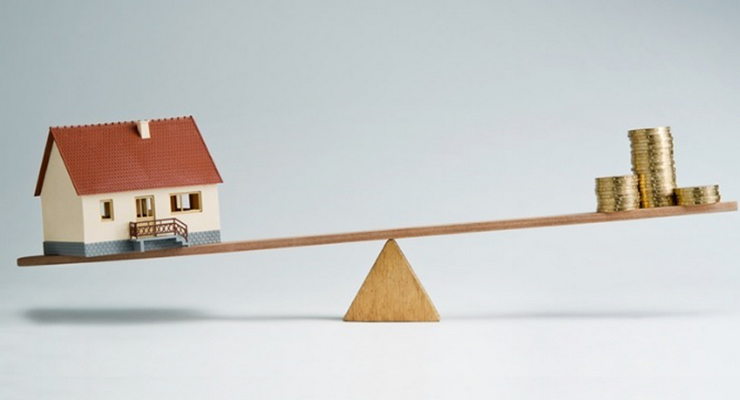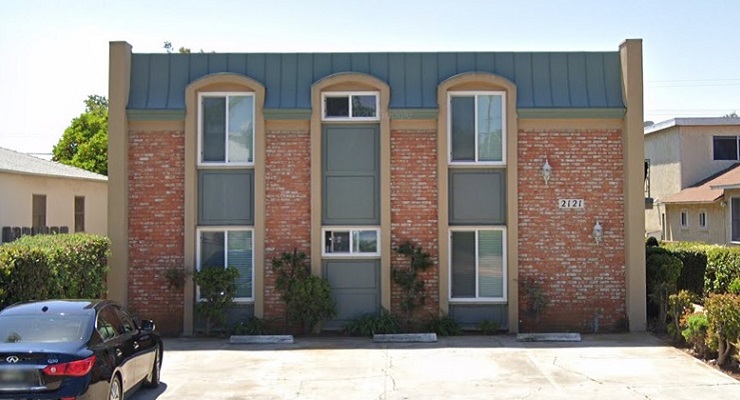
In the midst of the worst inflation in 40 years, the Federal Open Market Committee announced a three-quarters of a point rate hike on Wednesday. This will be the third consecutive rate hike this year, as the central bank does battle with the toughest inflation in four decades.
In nervous anticipation, the Dow Jones Industrial Average dropped 380 points on Tuesday morning, while the S&P 500 dropped 1.2%, and Nasdaq lost 0.9%.
This month’s likely increase will mark the most tightening in a single year since the 1980s, and may likely cool the housing market.
Federal Open Market Committee (FOMC) members vote on where to set the rate, and traders and financial experts watch interest rate changes with a keen eye as short term interest rates are the primary factor in currency valuation.
Put simply, as investing.com noted recently, “A higher than expected rate is positive/bullish for the US dollar, while a lower than expected rate is negative/bearish for the US Dollar.”
The hope is to apply the brakes on speeding inflation.
If officials raise rates by a likely three-quarter point this week, according to Sarah Foster at bankrate.com, “The Fed’s benchmark federal funds rate will cross a crucial line for the first time in more than a decade: An economic red-zone known to monetary policymakers as “the neutral rate of interest.
“But for consumers and businesses alike,” she continued, “the implications are clear: Once rates rise above that point, the Fed believes rates are no longer stimulating the U.S. economy. Instead, they’re actively slowing activity down.”
Though the increase in rates is aimed at having less money in the marketplace, in order to cool inflation, Greg McBride, CFA, Bankrate chief financial analyst, noted recently, “The head coach gets credit for the wins and blame for the losses. They’re going to get credit for a good economy and get the blame for a bad one, even if they’re not entirely responsible for the underlying circumstances.”
A rate of this size is likely to have a wide-ranging effect on everything from car loans to credit cards, and of course, mortgages, and would boost its benchmark rate — which affects consumer and business loans — to a range of 3% to 3.25%, which would represent the highest level in 14 years.
Federal Reserve Chair Jerome Powell said last month, in a closely watched speech at the Fed’s annual economic symposium, “These are the unfortunate costs of reducing inflation, but a failure to restore price stability would mean far greater pain.”
As part of the ongoing inflation battle, the Fed may also signal Wednesday that it plans to raise rates much higher by year’s end than it had forecast three months ago — and to keep them higher for longer.
Economists expect Fed officials to indicate that their key rate could go as high as 4% before the new year. They’re also likely to signal additional hikes in 2023, perhaps to as high as 4.5%.






